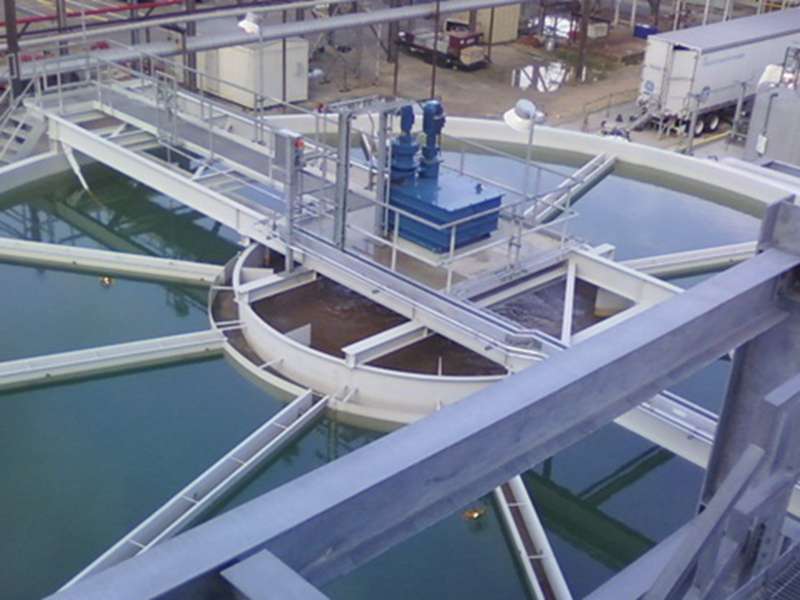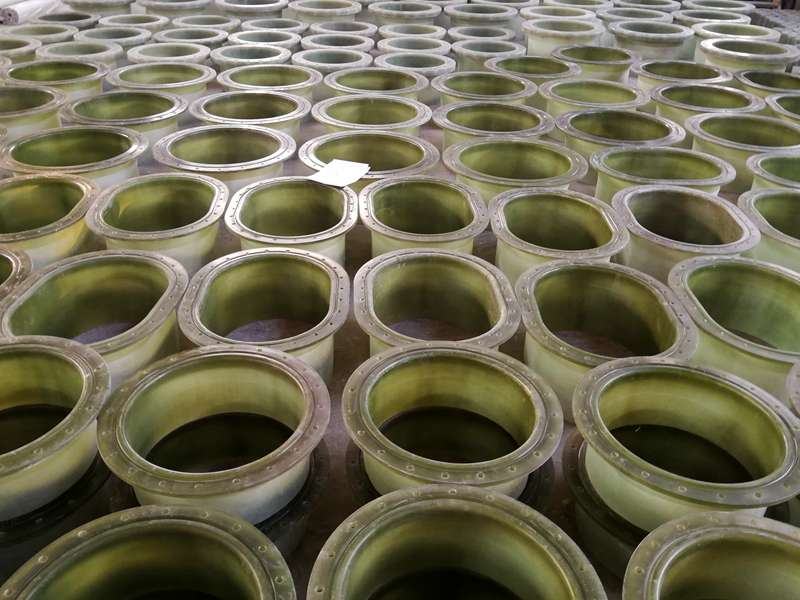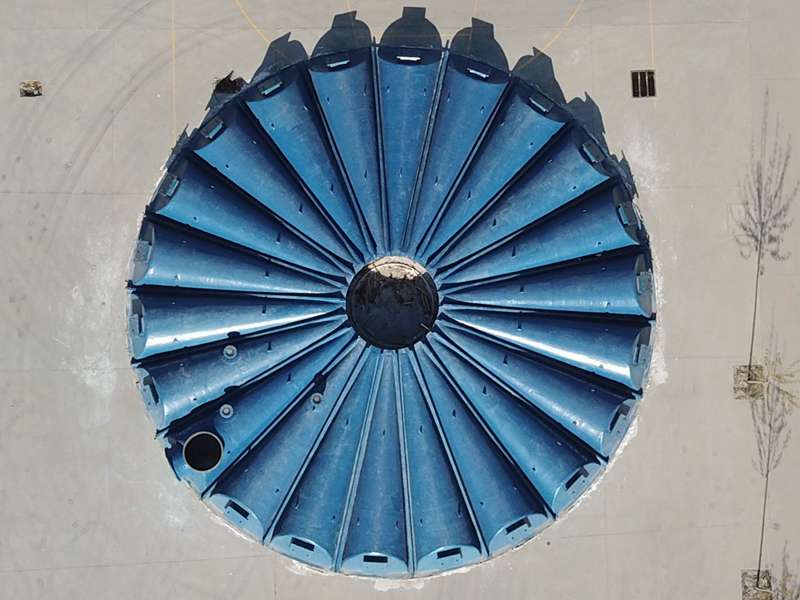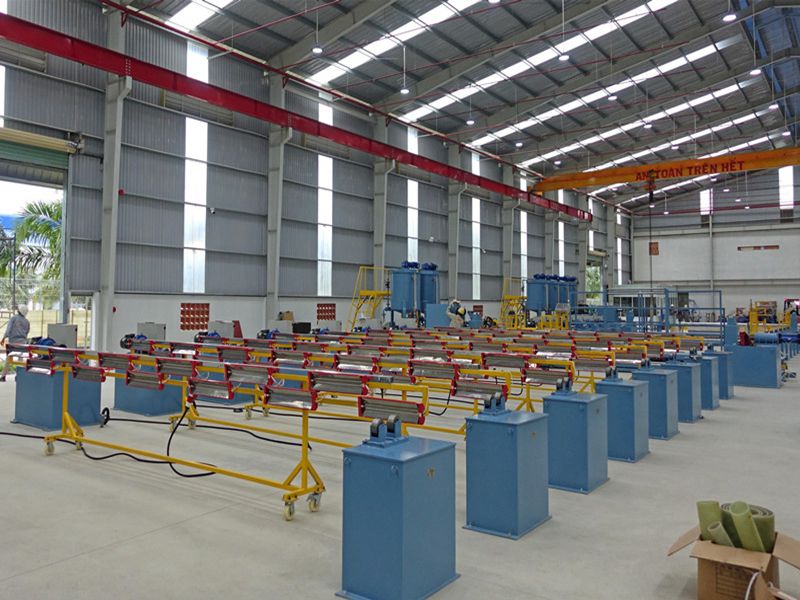
-
 Afrikaans
Afrikaans -
 Albanian
Albanian -
 Amharic
Amharic -
 Arabic
Arabic -
 Armenian
Armenian -
 Azerbaijani
Azerbaijani -
 Basque
Basque -
 Belarusian
Belarusian -
 Bengali
Bengali -
 Bosnian
Bosnian -
 Bulgarian
Bulgarian -
 Catalan
Catalan -
 Cebuano
Cebuano -
 China
China -
 China (Taiwan)
China (Taiwan) -
 Corsican
Corsican -
 Croatian
Croatian -
 Czech
Czech -
 Danish
Danish -
 Dutch
Dutch -
 English
English -
 Esperanto
Esperanto -
 Estonian
Estonian -
 Finnish
Finnish -
 French
French -
 Frisian
Frisian -
 Galician
Galician -
 Georgian
Georgian -
 German
German -
 Greek
Greek -
 Gujarati
Gujarati -
 Haitian Creole
Haitian Creole -
 hausa
hausa -
 hawaiian
hawaiian -
 Hebrew
Hebrew -
 Hindi
Hindi -
 Miao
Miao -
 Hungarian
Hungarian -
 Icelandic
Icelandic -
 igbo
igbo -
 Indonesian
Indonesian -
 irish
irish -
 Italian
Italian -
 Japanese
Japanese -
 Javanese
Javanese -
 Kannada
Kannada -
 kazakh
kazakh -
 Khmer
Khmer -
 Rwandese
Rwandese -
 Korean
Korean -
 Kurdish
Kurdish -
 Kyrgyz
Kyrgyz -
 Lao
Lao -
 Latin
Latin -
 Latvian
Latvian -
 Lithuanian
Lithuanian -
 Luxembourgish
Luxembourgish -
 Macedonian
Macedonian -
 Malgashi
Malgashi -
 Malay
Malay -
 Malayalam
Malayalam -
 Maltese
Maltese -
 Maori
Maori -
 Marathi
Marathi -
 Mongolian
Mongolian -
 Myanmar
Myanmar -
 Nepali
Nepali -
 Norwegian
Norwegian -
 Norwegian
Norwegian -
 Occitan
Occitan -
 Pashto
Pashto -
 Persian
Persian -
 Polish
Polish -
 Portuguese
Portuguese -
 Punjabi
Punjabi -
 Romanian
Romanian -
 Russian
Russian -
 Samoan
Samoan -
 Scottish Gaelic
Scottish Gaelic -
 Serbian
Serbian -
 Sesotho
Sesotho -
 Shona
Shona -
 Sindhi
Sindhi -
 Sinhala
Sinhala -
 Slovak
Slovak -
 Slovenian
Slovenian -
 Somali
Somali -
 Spanish
Spanish -
 Sundanese
Sundanese -
 Swahili
Swahili -
 Swedish
Swedish -
 Tagalog
Tagalog -
 Tajik
Tajik -
 Tamil
Tamil -
 Tatar
Tatar -
 Telugu
Telugu -
 Thai
Thai -
 Turkish
Turkish -
 Turkmen
Turkmen -
 Ukrainian
Ukrainian -
 Urdu
Urdu -
 Uighur
Uighur -
 Uzbek
Uzbek -
 Vietnamese
Vietnamese -
 Welsh
Welsh -
 Bantu
Bantu -
 Yiddish
Yiddish -
 Yoruba
Yoruba -
 Zulu
Zulu
molded grating
Understanding Molded Grating Features, Benefits, and Applications
Molded grating is a versatile and innovative product widely used across various industries. It is created from fiberglass reinforced plastic (FRP) through a process known as molding, where a resin mixture is poured into a mold, and the grating structure is formed under heat and pressure. This grating offers a multitude of advantages, making it a preferred choice for many applications.
One of the most notable features of molded grating is its durability. It is resistant to corrosion, chemicals, and UV radiation, which makes it ideal for environments where traditional materials like steel or wood would deteriorate over time. For instance, in chemical processing plants, where exposure to harsh substances is common, molded grating maintains its structural integrity, significantly reducing maintenance costs and downtime.
Another important property of molded grating is its lightweight nature. Compared to metal grating, molded grating is considerably lighter, which simplifies installation and reduces the burden on supporting structures. Transporting and handling it are also easier, making it a practical solution for projects that require quick assembly and installation. The ease of use combined with its strength makes it a highly efficient choice for various structural applications.
Molded grating is available in a variety of styles, sizes, and colors, providing flexibility in design. Different mesh sizes can be tailored to meet specific requirements, such as load-bearing capabilities and slip resistance. The customization options allow industries to select the ideal type of molded grating that suits their operational needs, whether for pedestrian walkways, industrial flooring, or platforms.
molded grating
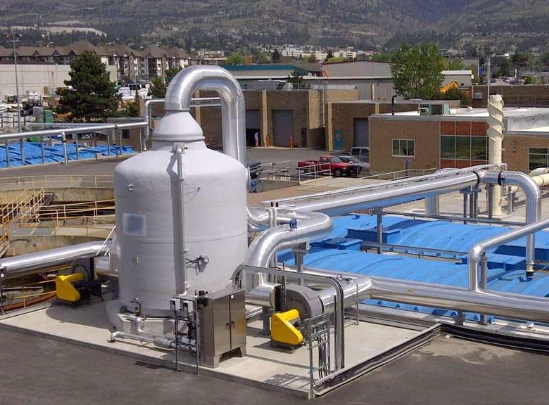
A significant benefit of molded grating is its inherent safety features
. The surface can be designed to be slip-resistant, reducing the likelihood of accidents in wet or hazardous environments. Safety is paramount in industrial settings, and using molded grating can help to prevent slips and falls, ensuring a safer workplace for employees.Additionally, molded grating is non-conductive, which is an essential feature for applications in electrical environments. This property prevents electrical hazards, making it a favorite in facilities like power plants and substations where electricity is a concern.
The applications of molded grating are diverse. It is commonly used in wastewater treatment facilities, food processing areas, pulp and paper mills, and various manufacturing plants. The ability to withstand moisture, chemicals, and heavy loads makes it suitable for outdoor platforms, bridges, and even as roofing components in some designs.
Environmental sustainability is becoming increasingly important across industries, and molded grating meets this demand. Many manufacturers produce molded grating using recycled materials and sustainable practices, appealing to companies aiming for a greener footprint. The longevity of molded grating also contributes to reduced waste since it does not need to be replaced frequently compared to other materials.
In conclusion, molded grating represents a cutting-edge solution for various industrial needs. With its exceptional durability, lightweight nature, safety features, and customization options, it continues to be a popular choice across multiple sectors. As industries evolve and seek more efficient and sustainable materials, molded grating will likely remain at the forefront of innovative solutions. Whether for flooring, walkways, or structural support, molded grating demonstrates that it can meet the demands of modern applications while contributing to safety and environmental responsibility.
Latest news
-
Exploring the Benefits of Top Hammer Drifter Rods for Enhanced Drilling PerformanceNewsJun.10,2025
-
High-Precision Fiberglass Winding Machine for GRP/FRP Pipe Production – Reliable & Efficient SolutionsNewsJun.10,2025
-
FRP Pipes & Fittings for Shipbuilding - Corrosion-Resistant & LightweightNewsJun.09,2025
-
Premium FRP Flooring Solutions Durable & Slip-ResistantNewsJun.09,2025
-
Premium Fiberglass Rectangular Tanks Durable & Lightweight SolutionNewsJun.09,2025
-
Tapered Drill String Design Guide Durable Performance & UsesNewsJun.09,2025



